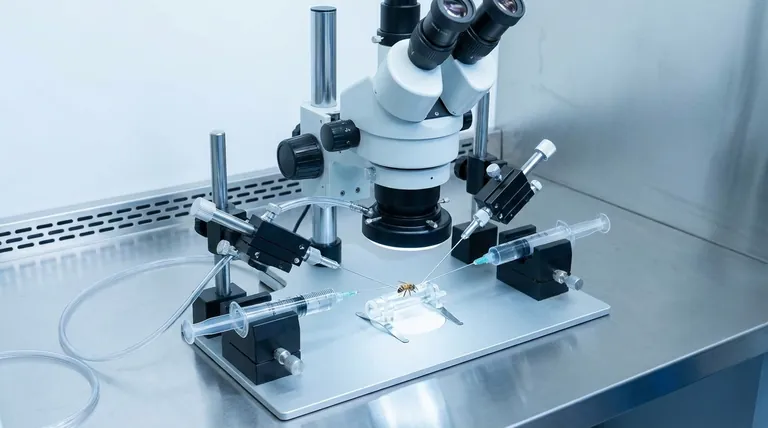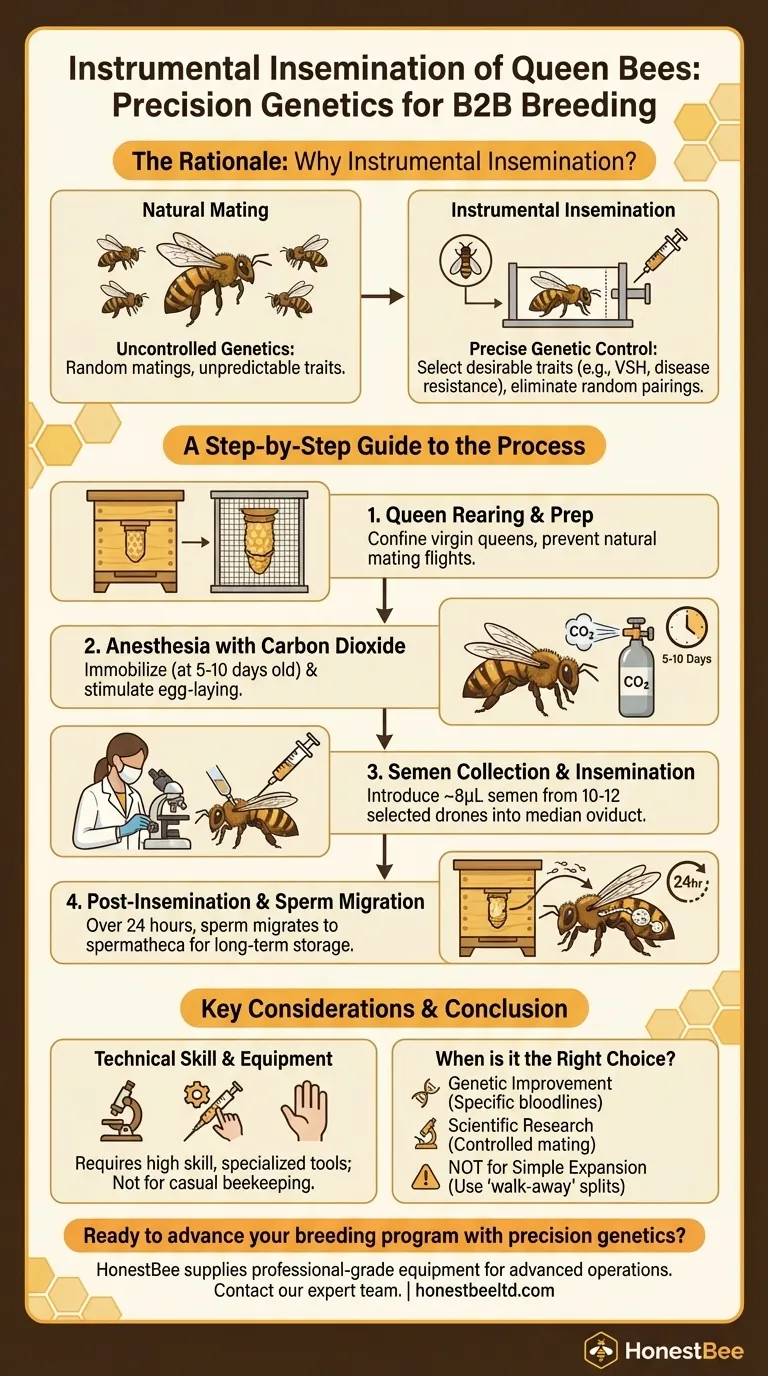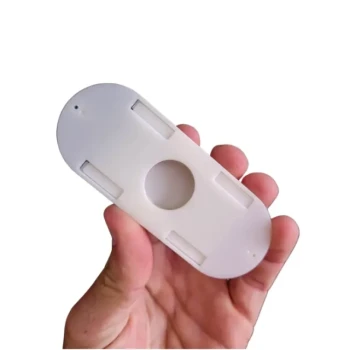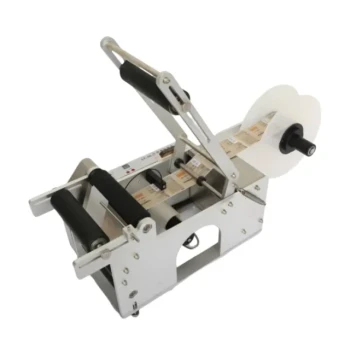Instrumental insemination of queen bees is a highly controlled, multi-step laboratory procedure. It involves preparing a virgin queen, anesthetizing her with carbon dioxide, and using a specialized apparatus to carefully introduce a precise volume of semen from selected drones directly into her median oviduct.
The core purpose of this technical process is to bypass natural mating, giving bee breeders and researchers absolute control over colony genetics. This allows for the precise selection of desirable traits and the elimination of random, undesirable pairings.

The Rationale Behind Instrumental Insemination
Before detailing the steps, it's crucial to understand why this complex procedure is performed. Natural mating occurs in the air with multiple drones from various colonies, making genetic control nearly impossible.
Achieving Genetic Precision
Instrumental insemination grants beekeepers the ability to select both the mother queen and the father drones. This is the foundation of any serious breeding program.
By controlling both sides of the genetic equation, breeders can more effectively select for specific, desirable traits.
Selecting for Key Traits
This control is vital for propagating traits like Varroa Sensitive Hygiene (VSH), disease resistance, gentleness, or honey production.
It allows breeders to create lineages with predictable and valuable characteristics, improving the overall health and productivity of honey bee populations.
Preventing Undesirable Mating
The procedure also prevents valuable virgin queens from mating with undesirable drones from nearby feral colonies or other apiaries. This protects the integrity of a specific genetic line.
A Step-by-Step Guide to the Insemination Process
The process is methodical and requires specialized equipment and significant skill. Each step is critical for a successful outcome.
Step 1: Queen Rearing and Preparation
First, virgin queens are reared using standard methods. Once they emerge, they are kept in mating nuclei.
To prevent any natural mating flights, queen excluder material is used to confine them, ensuring they remain virgins until the procedure.
Step 2: Anesthesia with Carbon Dioxide
When the queen is 5 to 10 days old, she is anesthetized using carbon dioxide (CO2).
This initial CO2 treatment serves a dual purpose: it immobilizes her for handling and, critically, helps stimulate the onset of egg-laying later in her life.
Step 3: Semen Collection and Introduction
Approximately 24 hours after the initial anesthesia, the queen is restrained in a specialized insemination apparatus.
Using a microscopic syringe, the technician carefully introduces approximately 8 microliters of semen, collected from 10 to 12 selected drones, directly into the queen's median oviduct.
Step 4: Post-Insemination and Sperm Migration
After the procedure, the queen is returned to her nucleus. Over the next 24 hours, the sperm migrates from the oviducts into a specialized storage organ called the spermatheca.
Here, she will store 6 to 8 million sperm for the duration of her reproductive life, using it to fertilize eggs as she lays them.
Key Considerations and Potential Challenges
While powerful, instrumental insemination is not a casual undertaking. It represents a significant departure from natural, simpler methods of queen rearing.
Technical Skill and Equipment
The procedure requires a high degree of technical skill, a steady hand, and significant investment in specialized equipment, including a microscope and micromanipulators.
This complexity makes it inaccessible to the average beekeeper and is typically reserved for dedicated queen breeders and research institutions.
Contrast with Natural Methods
For most beekeepers, simpler methods like a 'walk-away' split—where the colony is allowed to rear its own queen naturally—are far more practical.
Instrumental insemination is a tool for a specific goal (genetic control), not a replacement for standard apiary management.
When is Instrumental Insemination the Right Choice?
Choosing this technique depends entirely on your objectives as a beekeeper or researcher.
- If your primary focus is genetic improvement: Instrumental insemination is the essential tool for creating and maintaining specific bloodlines with desirable traits like disease resistance.
- If your primary focus is scientific research: This method provides the controlled, repeatable mating necessary for studying honey bee genetics, behavior, and reproductive biology.
- If your primary focus is simple colony expansion: Natural queen rearing through splits or purchased queens is far more practical, cost-effective, and suitable for general beekeeping.
Ultimately, instrumental insemination is a powerful technique that enables the precise genetic advancement of honey bees.
Summary Table:
| Step | Key Action | Purpose |
|---|---|---|
| 1. Queen Rearing & Prep | Confine virgin queens with excluder material | Prevent natural mating, ensure virginity |
| 2. Anesthesia | Apply CO2 to 5-10 day old queen | Immobilize for handling, stimulate egg-laying |
| 3. Semen Collection & Insemination | Introduce ~8μL semen via microscopic syringe | Precisely control genetic input from selected drones |
| 4. Post-Insemination | Return queen to nucleus for 24-hour sperm migration | Transfer sperm to spermatheca for long-term storage |
Ready to advance your breeding program with precision genetics?
As HONESTBEE, we supply the professional-grade beekeeping supplies and equipment that commercial apiaries and distributors rely on for advanced operations like instrumental insemination. Our wholesale-focused solutions provide the tools you need for successful genetic control and colony improvement.
Contact our expert team today to discuss how our equipment can support your specific breeding goals and operational scale.
Visual Guide

Related Products
- Queen Bee Artificial Insemination Instrument Equipment for Instrumental Insemination
- No Grafting Queen Rearing Kit: System for Royal Jelly Production and Queen Rearing
- Plastic Chinese Queen Grafting Tool for Bee Queen Rearing
- Plastic Beekeeping Honey Bee Larvae Grafting Tools for Queen Rearing and Chinese Grafting
- Wooden Queen Bee Excluder for Beekeeping
People Also Ask
- What is the standard semen dose for AI of a honey bee queen? Master the 8-10 µl Precision for Longevity
- How is success of honey bee artificial insemination evaluated? From Oviposition to Long-Term Queen Quality
- What factors influence queen quality for successful artificial insemination? Master the Biological Foundation for High-Yield Colonies
- How long does it take to master instrumental insemination? A 2-Year Journey to Queen Rearing Proficiency
- What is instrumental insemination's role in bee breeding? Master Genetic Control for Superior Honey Bees



















